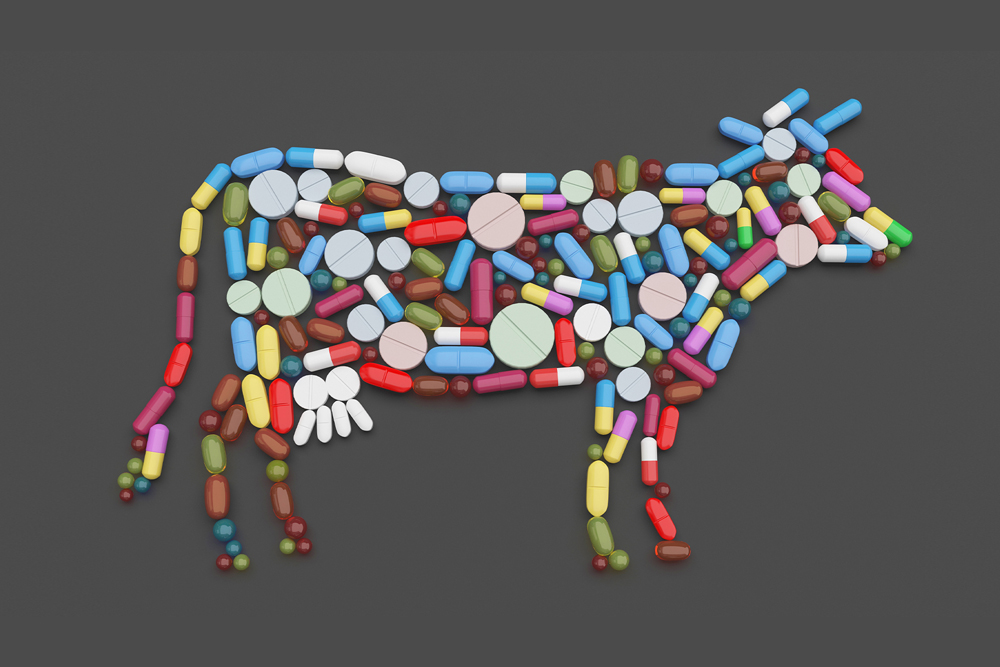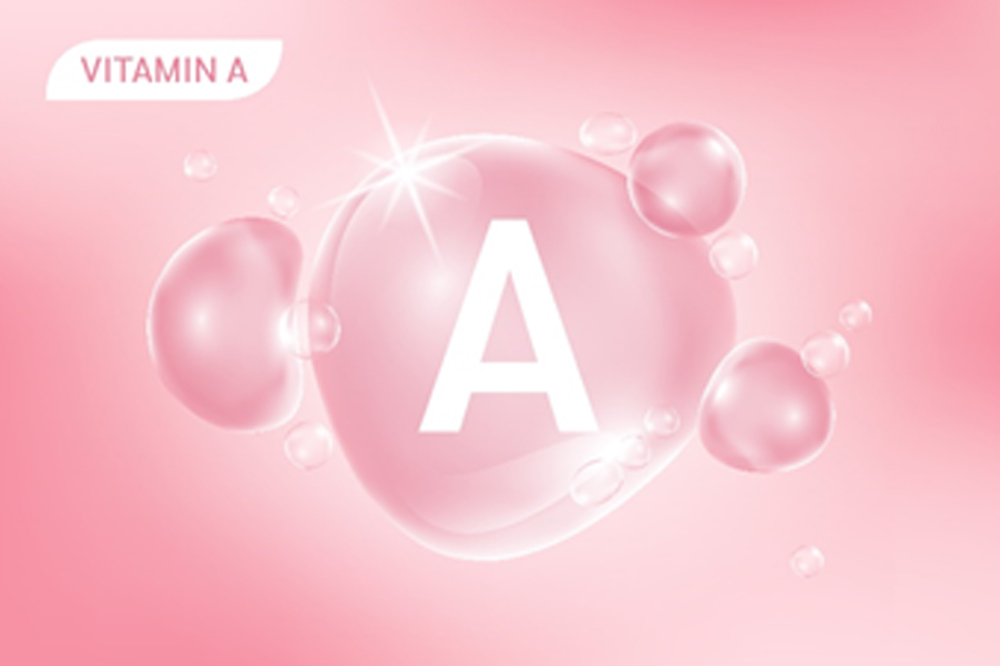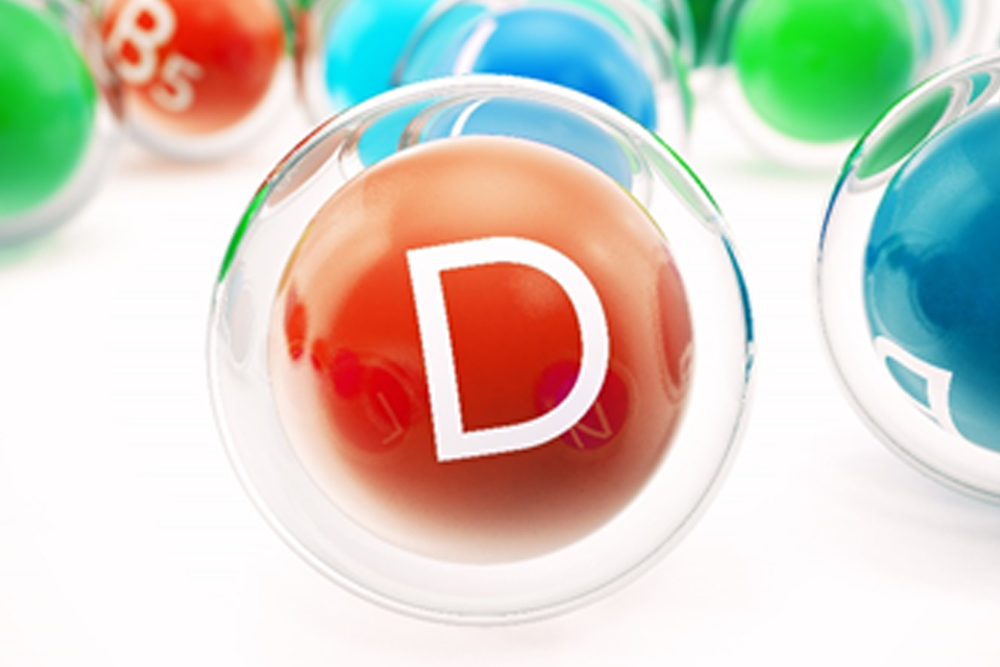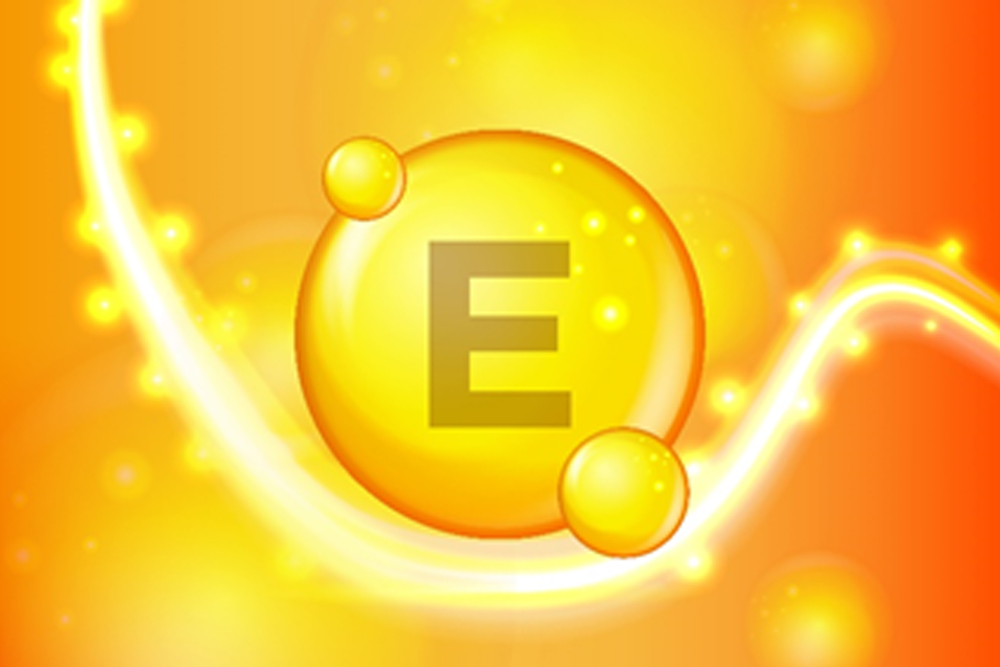ROLE OF VITAMINS IN DAIRY COWS

Minerals and vitamins account a very small amount in daily dry matter intake of cattle diets and can sometimes be miss or neglected in cattle daily nutritional program. Although vitamins or minerals are needed in a very small proportion in daily diet but they have a very crucial role in the stability of animal’s health and daily life activities like muscle contractions, proper functioning of immune system, nervous system functions and bone development. Cattle reproduction, growth and milk production can be compromised if their nutritional program is not in place.
There is no doubt that vitamin A, D and E are the crucial components of the daily rations for dairy cows. In general vitamin A plays a vital role in the maintenance of eyes, skin, linings of respiratory tracts, for the proper functioning of kidneys and proper and complete development of bones, teeth and nerve tissue.
Similarly, vitamin D has its role in the development of bones and proper digestive tract. The requirement of vitamin E is also very important but is not well studied.
VITAMIN A
Vitamin A (retinol) is the most neglected or less available vitamin in the diet of dairy cattle. The main reason behind this is, it is not present in any plant material so there is no chance of its presence in natural diets for cattle. Its precursors like alpha carotene, beta carotene, gamma carotene can be found in plants and can be converted in to vitamin with in the animal body. But another main issue with it is they are only present in fresh forages, if the forage is stored for a longer time, these
precursors will be degraded. Due to which it has to be added in the diet from artificial source as supplement. Vitamin A and beta carotene plays an important role in immune development, disease protection, vision and better skin development.
Prolong sun exposure damages the carotene, resulting in the deficiency of vitamin A in the body of cows or calves. Ensiling can aid in the preserving carotene supplies. Corn is one of the few grain containing considerable amount of carotene, similarly high quality forages have good amount of vitamin A precursors. When fresh forage supplies are limited or reduced, this result in the deficiency of vitamin A. Liver can store vitamin A for about 2, 4 months that can be helpful to ward off vitamin A deficiency during limited supply from outside.
Prolong sun exposure damages the carotene, resulting in the deficiency of vitamin A in the body of cows or calves. Ensiling can aid in the preserving carotene supplies. Corn is one of the few grain containing considerable amount of carotene, similarly high quality forages have good amount of vitamin A precursors. When fresh forage supplies are limited or reduced, this result in the deficiency of vitamin A. Liver can store vitamin A for about 2, 4 months that can be helpful to ward off vitamin A deficiency during limited supply from outside.

Symptoms of Vitamin A Deficiency
If a cattle is facing vitamin deficiency, its feed intake will get effected first. Other symptoms include rough hair coat, fluid accumulation in joints, night blindness, seizers, poor skeletal growth, blindness, low conception rate, excessive tear production, abortions, blind calves and low quality semen. Deficiency can be overcome by supplying fresh forage or through vitamin A injections.
If a cattle is facing vitamin deficiency, its feed intake will get effected first. Other symptoms include rough hair coat, fluid accumulation in joints, night blindness, seizers, poor skeletal growth, blindness, low conception rate, excessive tear production, abortions, blind calves and low quality semen. Deficiency can be overcome by supplying fresh forage or through vitamin A injections.
VITAMIN D
Vitamin D is necessary for the proper absorption of phosphorus and calcium with in the body thus helping in the development and growth of healthy bones and joints. Recent researches suggest that vitamin D also has its role in immune cell function. Vitamin D3 (cholecalciferol) can be formed with in the body by solar irradiation of skin and vitamin D2 (ergocalciferol) found in plants can be formed by irradiation of forages. But this natural way is not enough and supplementation of vitamin D in diet is required. The amount of vitamin D needed by animal body per day should be controlled because it exceeded from the need, it may result in different diseases like softening of bones, calcification of soft tissues, demineralization of bones, decreases appetite and weight loss.

Symptoms of Vitamin D Deficiency
Vitamin D deficiency results in the disease called Rickets in which bones do not use calcium and phosphorus normally. Other symptoms includes stiff joints, irritability, convulsions, digestive problems, brittle bones, decreased appetite, anorexia, weakness and labored breathing. Cattle do not maintain the reserves of vitamin D in their body yet they rarely require vitamin D supplements and fulfil their need through sunlight exposure and fresh forage.
VITAMIN D
Vitamin E is present in relatively high concentrations in fresh forages as alpha-tocopherol. Cattle feeding on pasture or fresh cut feed rarely require vitamin E supplement. On the other hand vitamin E get degraded in stored forages, so he cattle receiving confinement-reared diets require vitamin E supplements.
It is majorly serves as antioxidant and is important in muscle structure, membrane formation and muscle function. It also directly links with disease resistance. Its requirement in body directly links with the concentration of antioxidants, sulfur containing amino acids and selenium with in the daily diet. Addition of corn and soybean oil in daily diet of cattle dramatically increases the amount of vitamin E. the toxicity risk of vitamin E is far less than with vitamin A and D.
It is majorly serves as antioxidant and is important in muscle structure, membrane formation and muscle function. It also directly links with disease resistance. Its requirement in body directly links with the concentration of antioxidants, sulfur containing amino acids and selenium with in the daily diet. Addition of corn and soybean oil in daily diet of cattle dramatically increases the amount of vitamin E. the toxicity risk of vitamin E is far less than with vitamin A and D.

Deficiency of vitamin E results in white muscle disease in which there is rapid breakdown of muscles especially cardiac in calves.
OTHER VITAMINS
Most ruminant’s diets also have vitamin K and B in them other than vitamin A, D and E. vitamin B act as a cofactor of many enzymes that are involved in the metabolism of amino acids, energy, fatty acids and nucleic acid. Many such enzymes requiring vitamin B as co factor also involve in the production of milk or milk components. As the production of mil increases the requirement of vitamin B also increases. So it should be added in the diet of lactating cows to do not disturb the milk yield.
At Dasan Feeds, we believe that today feed manufacturing is a very competitive activity and consistent feed quality/wanda quality is a key growth driver. To achieve optimal animal performance well balanced diets that satisfy nutrient requirements of the animal is mandatory and for producing these diets accurate formulation is essential. The most accurate formulations result when laboratory analysis of ingredients is available.
At Dasan Feeds, we strive to keep our formulations as consistent, for as long as possible in the firm belief that consistency in quality is the key to get maximum production. Dasan Feeds manufacture high quality Dasan dairy feeds/ Dasan dairy wanda specifically formulated for all stages of dairy and livestock.
